In the ever-shifting landscape of blockchain infrastructure, Hemi Network emerges as a bold attempt to merge two of the largest ecosystems in crypto: Bitcoin and Ethereum. Rather than treating them as separate islands, Hemi envisions a supernetwork one where Bitcoin’s fortress-level security and Ethereum’s smart contract capabilities work together. This project sets out to make Bitcoin programmable in a way that aligns with the next generation of DeFi, bridging gaps that have persisted for years.
From its early days, Hemi has backed its vision with heavyweight support. Founded among industry veterans including early Bitcoin contributor Jeff Garzik, the network secured tens of millions in funding and launched a mainnet that aimed to unify Bitcoin-Ethereum protocols under one roof. The journey is ambitious but the payoff could redefine how Bitcoin is used in the DeFi era, turning it from a static store of value into a programmable asset building block.
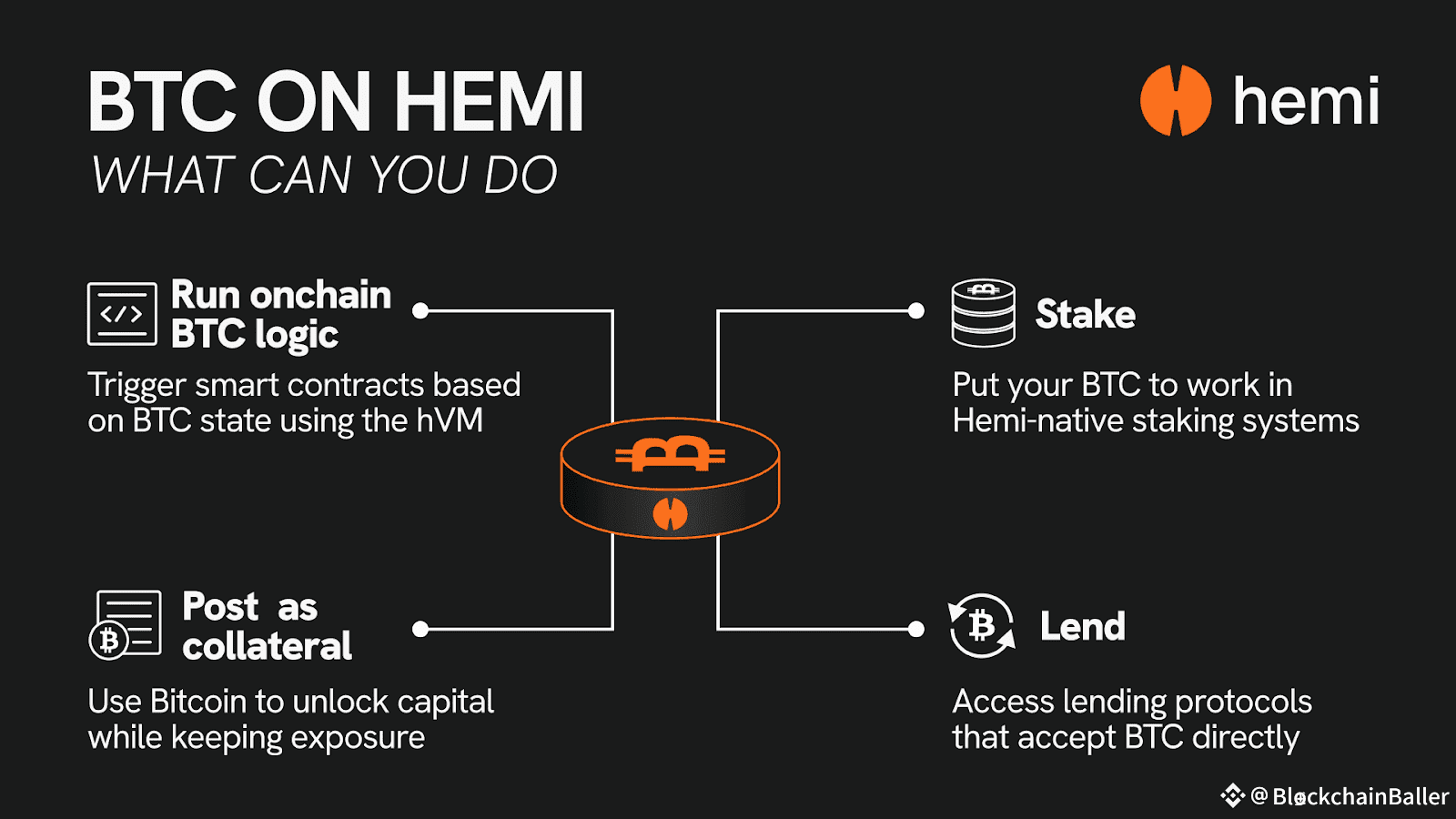
The Purpose: From Store of Value to Programmable Asset
Historically, Bitcoin has served as the trust anchor of crypto—a decentralized currency with unmatched security. Ethereum, on the other hand, brought programmability and smart contracts to the forefront. Yet, the two have remained largely separate in practice. Hemi targets that divide directly. Its core aim is to unlock Bitcoin’s liquidity for decentralized finance by enabling developers to build applications that are Bitcoin-aware yet smart-contract capable.
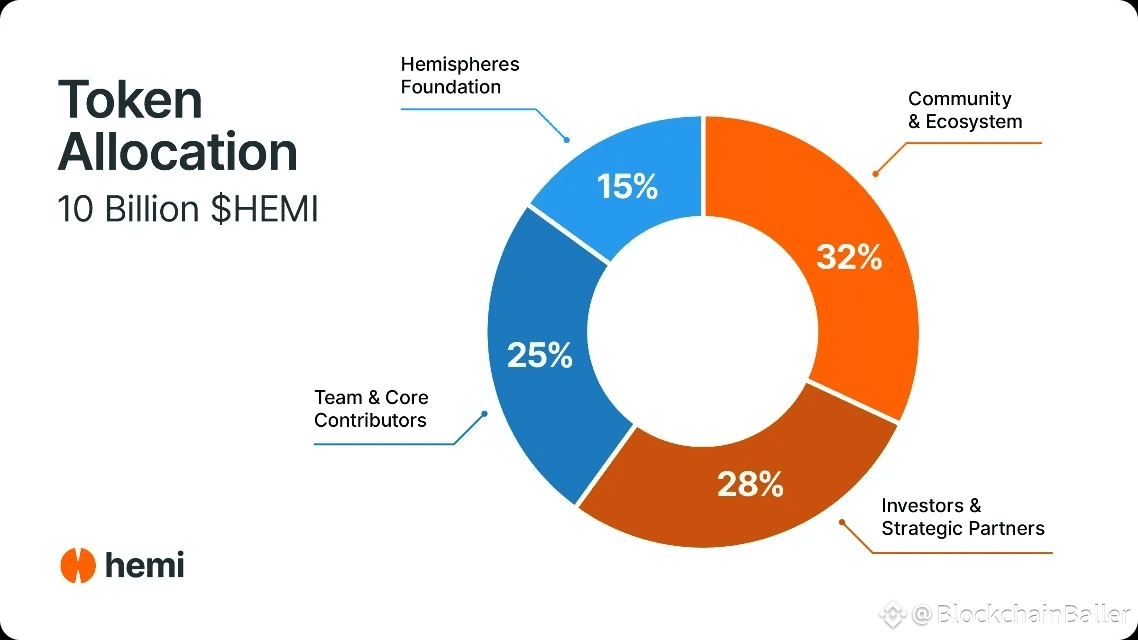
Instead of wrapping BTC or building entirely independent chains, Hemi provides a platform where contract logic can reference Bitcoin state directly. The promise is huge: imagine DeFi protocols secured by Bitcoin’s hashpower, but as flexible as Ethereum’s ecosystem. By doing so, Hemi hopes to unlock the multi-trillion-dollar Bitcoin market for DeFi activity—something many in crypto see as the next frontier.
Architecture & Technology: Key Building Blocks
At the heart of Hemi’s technical proposition are several novel components. The Hemi Virtual Machine (hVM) integrates a full Bitcoin node into an Ethereum Virtual Machine wrapper, enabling smart contracts to query Bitcoin’s state—transactions, UTXOs, block headers—while still operating in an EVM-compatible environment.
Complementing that, the Hemi Bitcoin Kit (hBK) equips developers with tools to interact seamlessly with Bitcoin’s infrastructure inside contract logic—unlocking deeper integration than traditional bridges or wrappers.
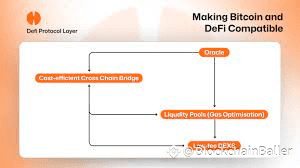
Another distinctive element is the consensus mechanism known as Proof-of-Proof (PoP). Instead of relying solely on its own chain security, Hemi anchors its state to Bitcoin’s blockchain periodically, inheriting Bitcoin’s decentralization and censorship resistance. This gives users confidence that Hemi isn’t a stand-alone chain but a layer that leverages Bitcoin’s strength.
Finally, Hemi implements its “Tunnels” cross-chain infrastructure—secure channels for asset transfers between Bitcoin, Hemi, and Ethereum. These tunnels aim to be more trustless and seamless than typical bridging solutions, allowing liquidity to flow across ecosystems without sacrificing security.
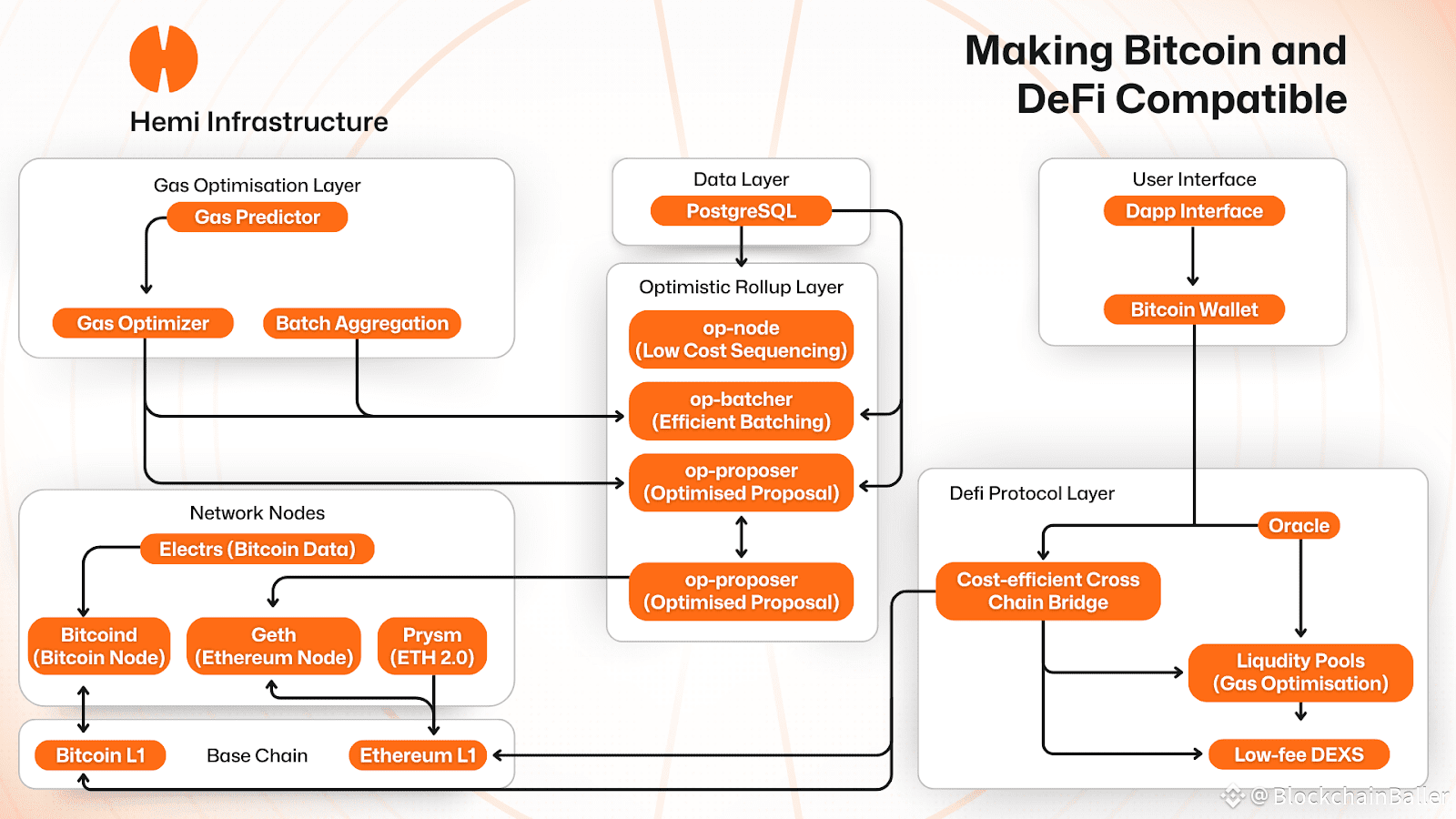
Token & Ecosystem Dynamics
The HEMI token is central to the protocol’s vision. With a supply figure of 10 billion tokens, its distribution is designed around ecosystem growth, developer incentives, staking, and governance participation.
In practice, token holders will be able to participate in securing the network, contribute through staking, vote on future protocol upgrades, and pay gas or fees for services. As adoption grows—through protocols, dApps, bridges—HEMI’s utility could deepen, aligning incentive models with ecosystem growth rather than mere speculation.
Momentum for Hemi has been backed by real funding rounds. For example, the project raised around $15 million (or more) ahead of its rollout, with support from major players in the crypto space. These resources are aimed at building out infrastructure, developer tooling, and ecosystem partnerships.
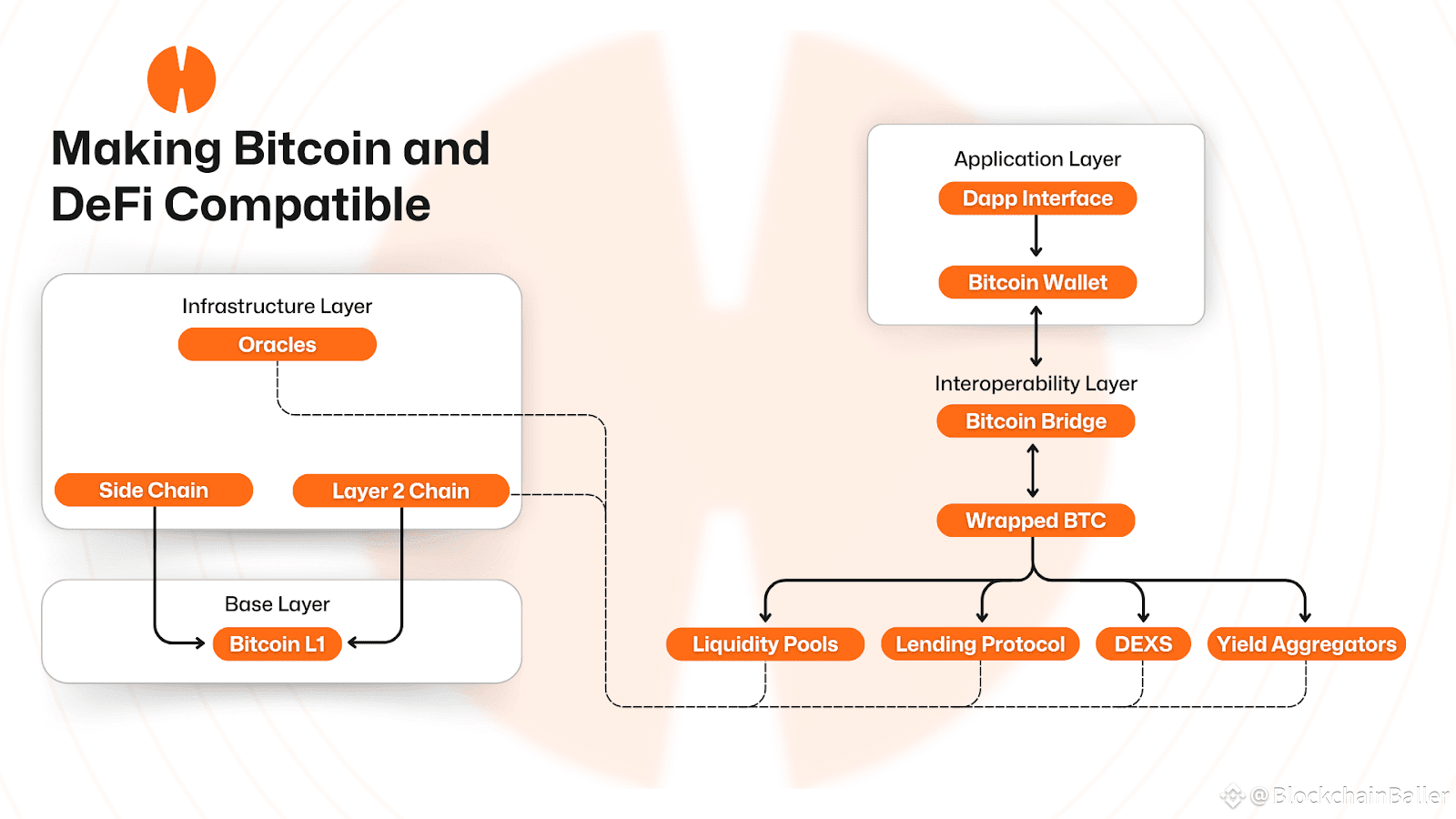
Current Status & Adoption Signals
Hemi’s mainnet went live in early 2025, signaling a shift from testnet promise to production readiness. Live pricing data from platforms shows early market-cap and trading volumes; for example HEMI trades in the $0.06 USD range, with nearly a billion tokens in circulation.
So far, developer interest and ecosystem signals show promise. Partnerships around security and monitoring (e.g., integration of threat detection with outside firms), tooling development, and community incentives are actively shaping Hemi’s rollout.
That said, ecosystem traction is still early. The real test will come when builders launch DeFi applications fully leveraging Bitcoin’s state—something Hemi is uniquely positioned to enable but which also requires time, developer adoption, and liquidity.
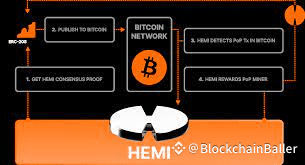
Why Hemi Matters
Hemi matters because it addresses a structural flaw in crypto infrastructure: Bitcoin is huge in value but limited in programmability; Ethereum is programmable but lacks Bitcoin’s trust base. By bridging that gap, Hemi opens possibilities that few other protocols currently offer.
From a financial perspective, unlocking Bitcoin for DeFi use—not just as collateral but as native programmable asset—could reframe how value flows in crypto. Developers might build “Bitcoin-native DeFi” rather than relying on wrapped BTC on other chains. From a strategic perspective, Hemi’s model suggests a future where chains aren’t siloed but connected via a unified layer of security and programmability.
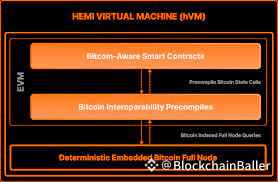
Challenges & Considerations
While the vision is compelling, there are real challenges. First, attracting developers is critical. Infrastructure is only as valuable as the applications built on it. If builders don’t adopt the hVM and hBK tools, Hemi risks being just another scaling promise.
Second, token economics and supply pressures will need careful management. With a large supply and early trading activity, the market will scrutinize how tokens are unlocked, used, and staked over time.
Competition is another factor. In the layer-2 and interoperability space there are multiple players, all vying for developer mindshare and liquidity. Hemi’s bet is unique—and that offers differentiation—but it also increases execution risk.
Finally, bridging between Bitcoin and Ethereum remains technologically and operationally complex. Security, trust, and UX factors around tunnels and cross-chain flows must be proven in real-world conditions.
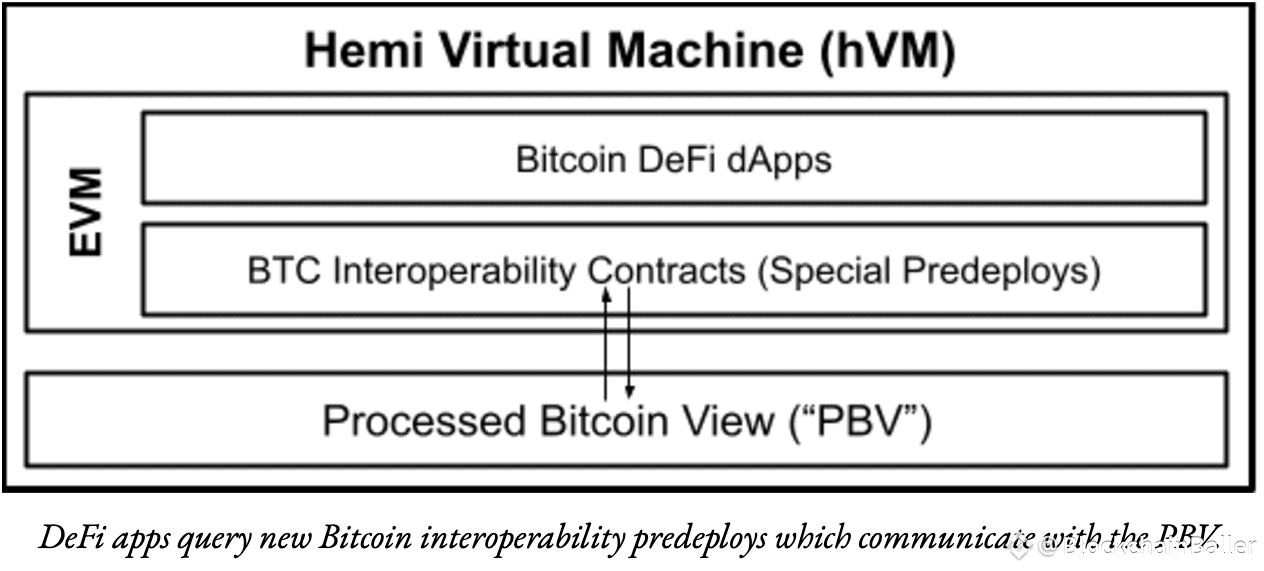
The Road Ahead
Moving forward, Hemi’s focus shifts to ecosystem building. Key milestones will include growth of dApps leveraging Bitcoin state, expansion of the token’s utility, and broad developer adoption of its tools. Grants, hackathons, and partnerships will likely accelerate this.
Additionally, metrics such as transaction volume, bridging activity, number of contracts on hVM, and developer deployment will become useful indicators of Hemi’s progress. Over time, the token’s value proposition will increasingly depend on real usage—not only speculation.
If successful, Hemi could serve as a key piece of infrastructure in the decentralized future—unifying major chains and enabling new kinds of applications previously limited by siloed ecosystems.
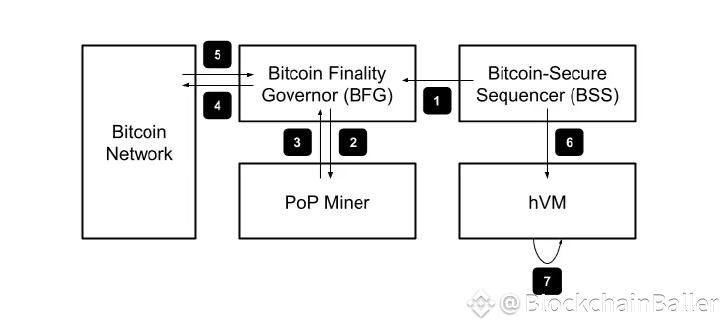
Conclusion
HEMI (Hemi Network) offers one of crypto’s more ambitious infrastructure plays: a protocol that doesn’t simply build a faster chain but merges the two largest blockchain ecosystems. By combining Bitcoin’s trust and security with Ethereum’s flexibility and developer ecosystem, Hemi approaches the question of scalability and interoperability from a fresh perspective.
Its technology—hVM, hBK, PoP consensus, Tunnels—reflects that ambition. Its token, ecosystem support, and strategic vision align with a long-term infrastructure narrative. Yet, the road from infrastructure promise to widespread adoption is never simple. Execution, developer interest, and token economics will be key.
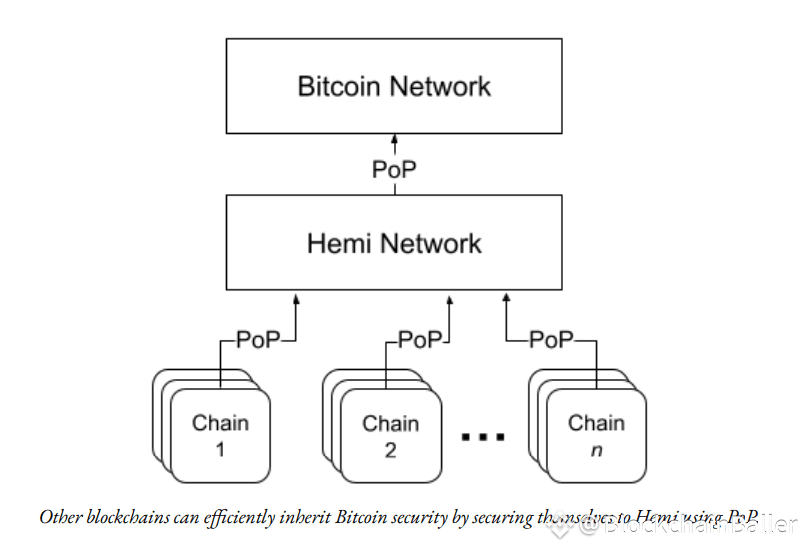
In the evolving era of modular, cross-chain networks, Hemi stands out as a protocol worth watching. If it delivers on its vision, it could reshape how developers think about Bitcoin, how DeFi is built, and how value moves across chains.





